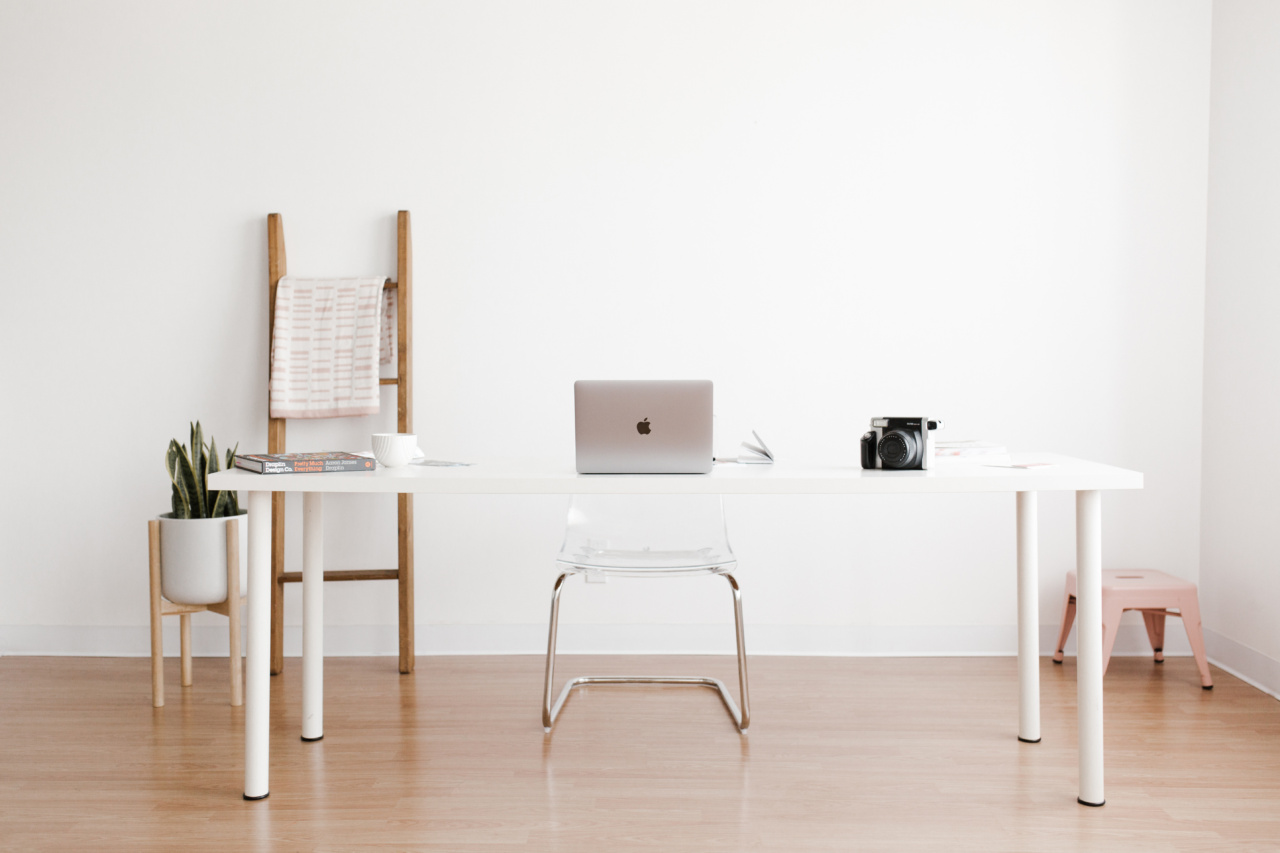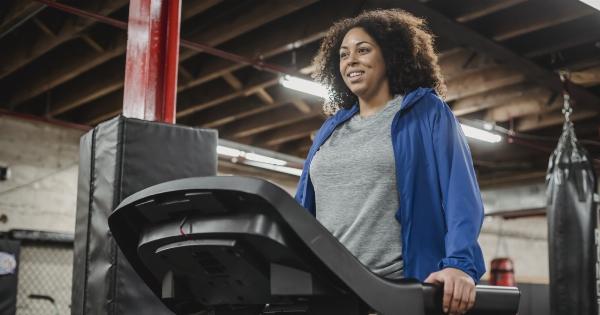As we age, certain physical activities that were once effortless can become increasingly challenging. One such common difficulty experienced by many individuals at the age of 65 and older is rising from a chair.
This seemingly simple task can become a struggle for various reasons including decreased muscle strength, joint stiffness, balance issues, and overall physical decline. In this article, we will explore the reasons why you may find it hard to rise from a chair at 65 and provide some strategies to help improve your mobility and independence.
Understanding the Challenges
Rising from a chair requires strength and coordination from multiple muscle groups in our body. However, with age, muscle mass tends to decrease, leading to a decline in overall strength.
Additionally, joints may become stiffer and less flexible, making it harder to move with ease. These physical changes, combined with the natural aging process, can contribute to difficulties in rising from a seated position.
Decreased Muscle Strength
One of the key factors that can make it hard to rise from a chair at 65 is a decrease in muscle strength. Sarcopenia, the loss of muscle mass and strength associated with aging, is a common occurrence in older adults.
Without sufficient muscle strength, performing simple tasks like standing up from a seated position becomes much more challenging.
To combat this issue, it is essential to incorporate strength training exercises into your routine. Engaging in regular resistance training, such as weightlifting or bodyweight exercises, can help build and maintain muscle mass.
Focus on exercises that target the lower body muscles, such as squats and lunges, to specifically improve your ability to rise from a chair.
Joint Stiffness
Another common issue that can make rising from a chair difficult is joint stiffness. Joints naturally become stiffer and less flexible with age, which can limit your range of motion and make it harder to perform certain movements.
Regular stretching exercises can be highly beneficial in improving joint flexibility. Incorporate stretching routines into your daily routine, focusing on the major joints such as hips, knees, and ankles.
Gentle movements and stretches can help improve your joint mobility, making it easier to rise from a chair and move with greater ease.
Balance Issues
Balance problems can further contribute to difficulties in rising from a chair. As we age, our sense of balance may diminish, increasing the risk of falls and making certain movements more challenging.
Practicing balance exercises can help improve stability and reduce the risk of falls. Simple exercises like standing on one leg or walking heel-to-toe can gradually enhance your balance abilities.
Additionally, incorporating activities such as yoga or tai chi can also be beneficial for improving both balance and overall body awareness.
Overall Physical Decline
Aging brings about changes in our overall physical capabilities, including endurance and stamina. This decline in physical performance can make it harder to rise from a chair, especially if you feel fatigued or lack the necessary energy.
Regular aerobic exercise, such as walking, swimming, or cycling, can help improve your cardiovascular fitness and overall stamina.
Engaging in activities that elevate your heart rate for extended periods can boost your energy levels and make it easier to perform daily tasks, including rising from a seated position.
Assistive Devices and Home Modifications
In addition to incorporating exercise and mobility-enhancing strategies into your routine, there are various assistive devices and home modifications that can make rising from a chair easier and safer.
Consider using a chair with armrests, as they provide support and leverage when rising. You can also invest in sturdy and stable chairs that are specifically designed for individuals with mobility difficulties.
Additionally, using a raised seat cushion or a chair riser can increase the height of the chair, reducing the distance you need to lift yourself.
Installing grab bars or handrails near your chairs can provide extra support and stability. This allows you to hold onto something while rising, reducing the risk of falls.
Carpets and rugs should be secured firmly to the floor to minimize tripping hazards, and well-placed lighting should ensure good visibility in your home.
Seeking Professional Help
If rising from a chair continues to be a significant challenge despite incorporating exercise and making home modifications, it may be beneficial to seek professional help.
Physical therapists, occupational therapists, or geriatric specialists can assess your specific needs and provide personalized recommendations and exercises to help improve your mobility and independence.
Embracing a Healthy Lifestyle
While age-related physical changes can make rising from a chair harder, leading a healthy lifestyle can significantly improve your overall physical well-being and functional abilities.
Maintain a balanced diet rich in nutrients, stay hydrated, and get enough sleep to support your body’s optimal functioning. Avoiding smoking and excessive alcohol consumption can also positively impact your overall health and mobility.
Remember, it is never too late to start implementing changes that can improve your mobility and make everyday tasks easier.
With the right strategies, support, and a proactive mindset, you can overcome the challenges of rising from a chair and maintain an active and independent lifestyle well into your golden years.






























